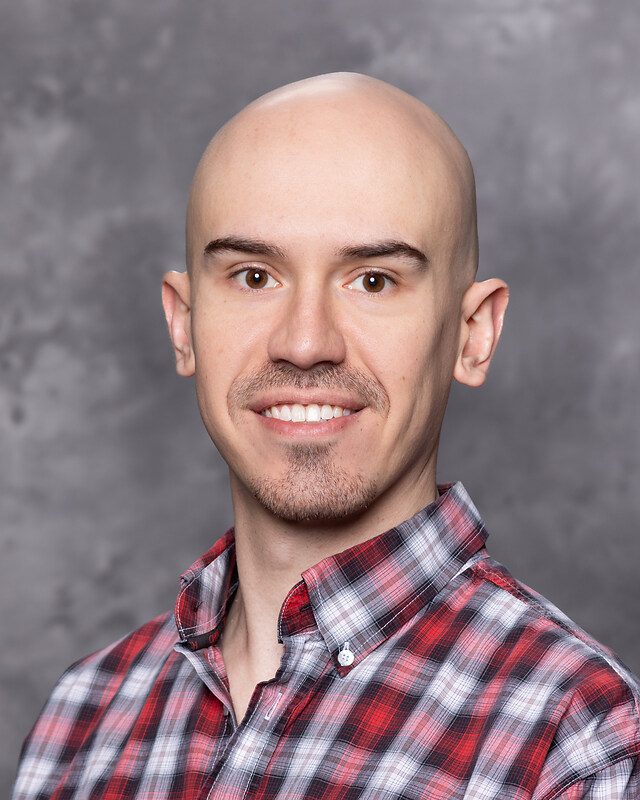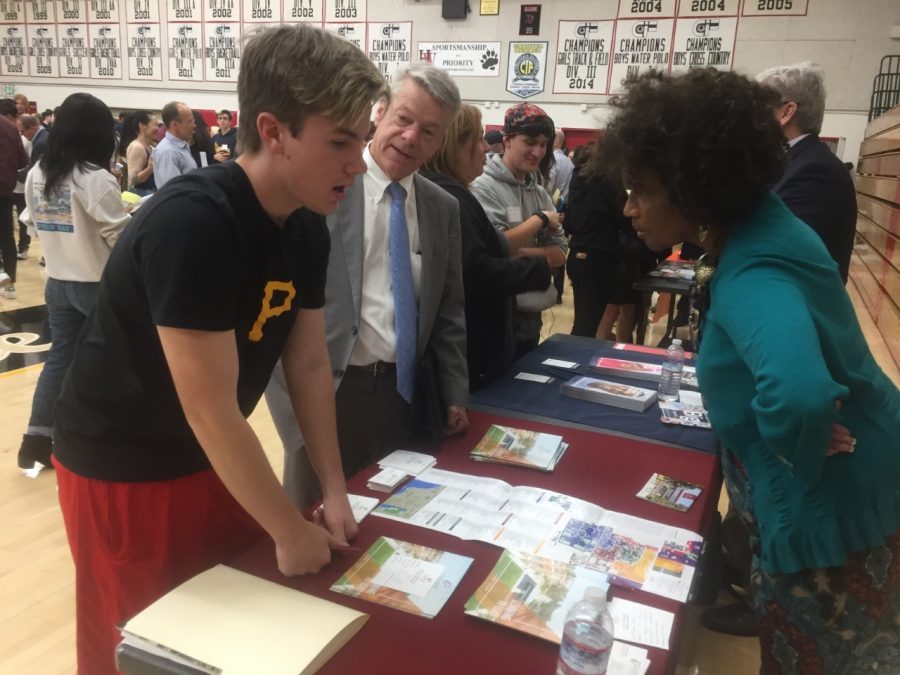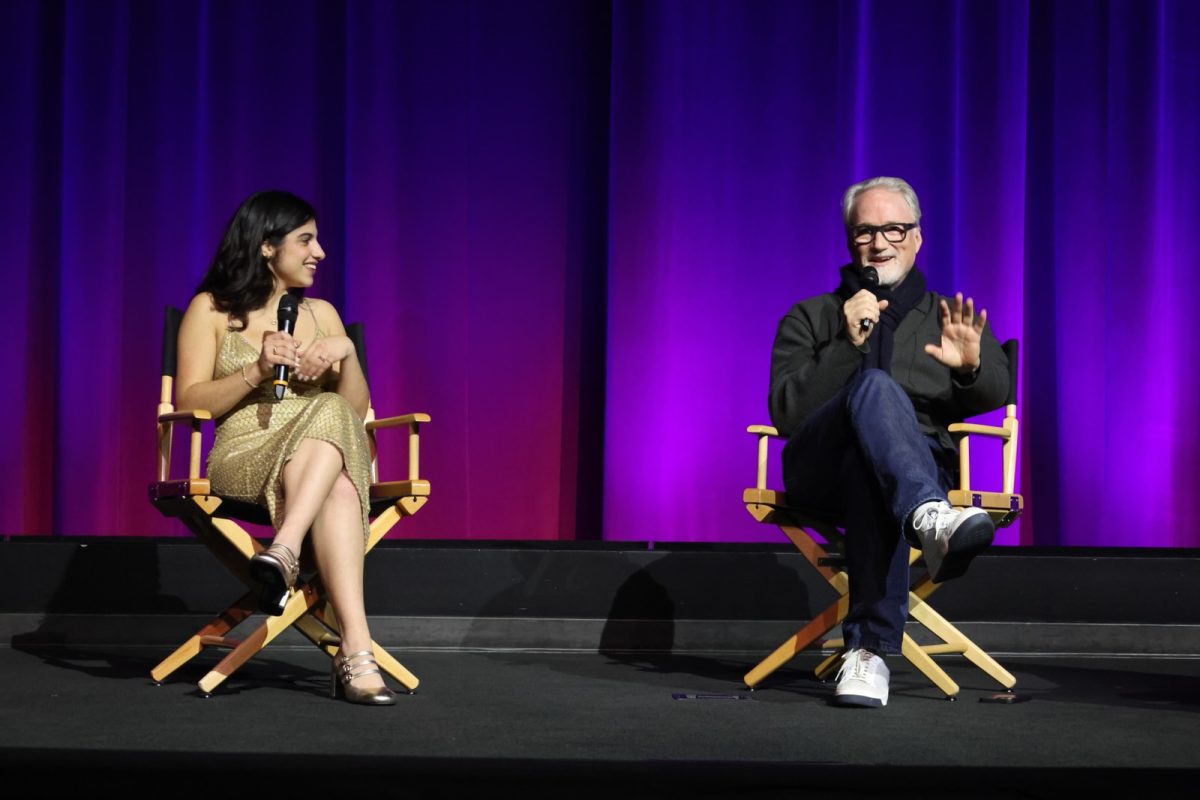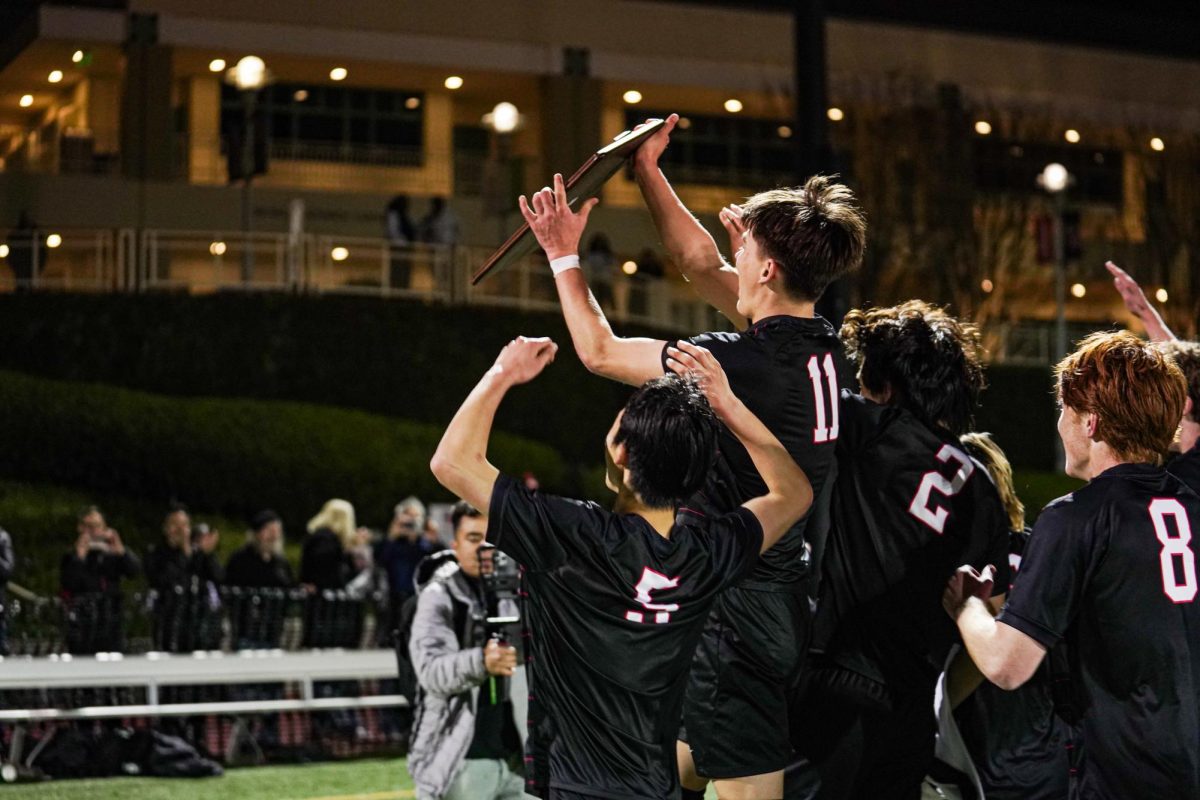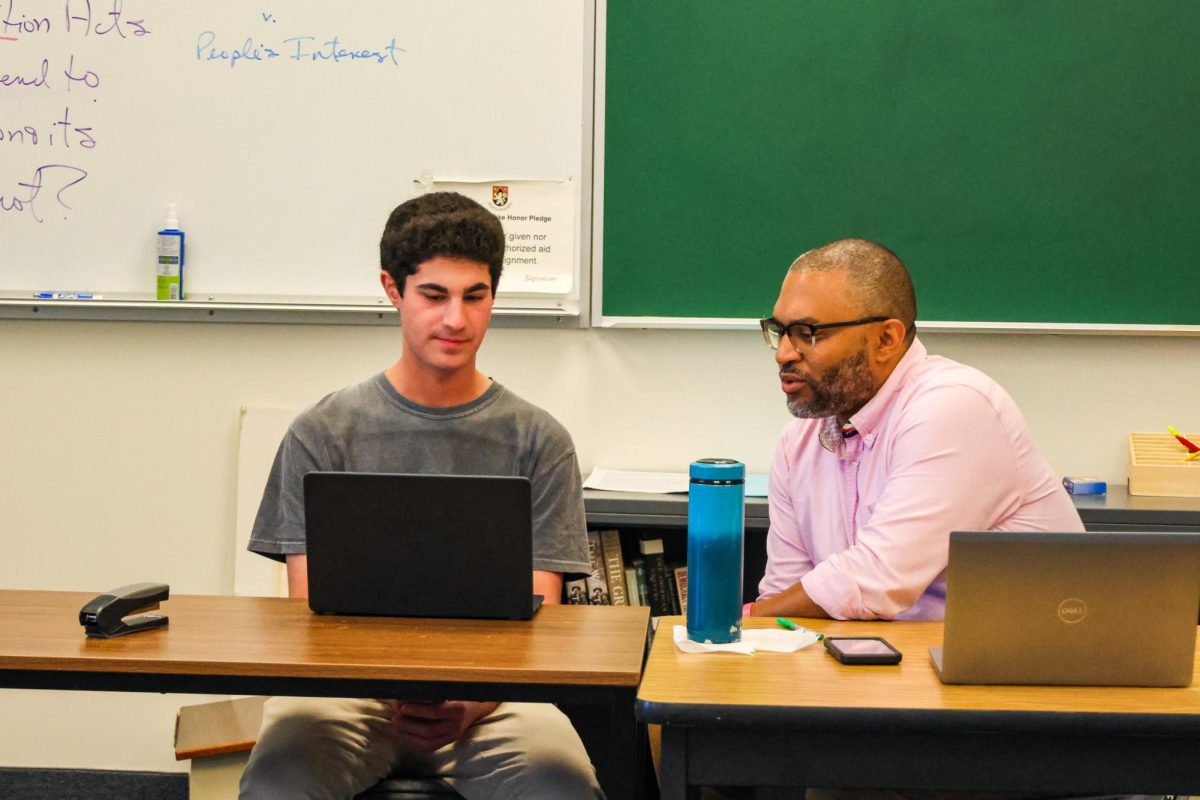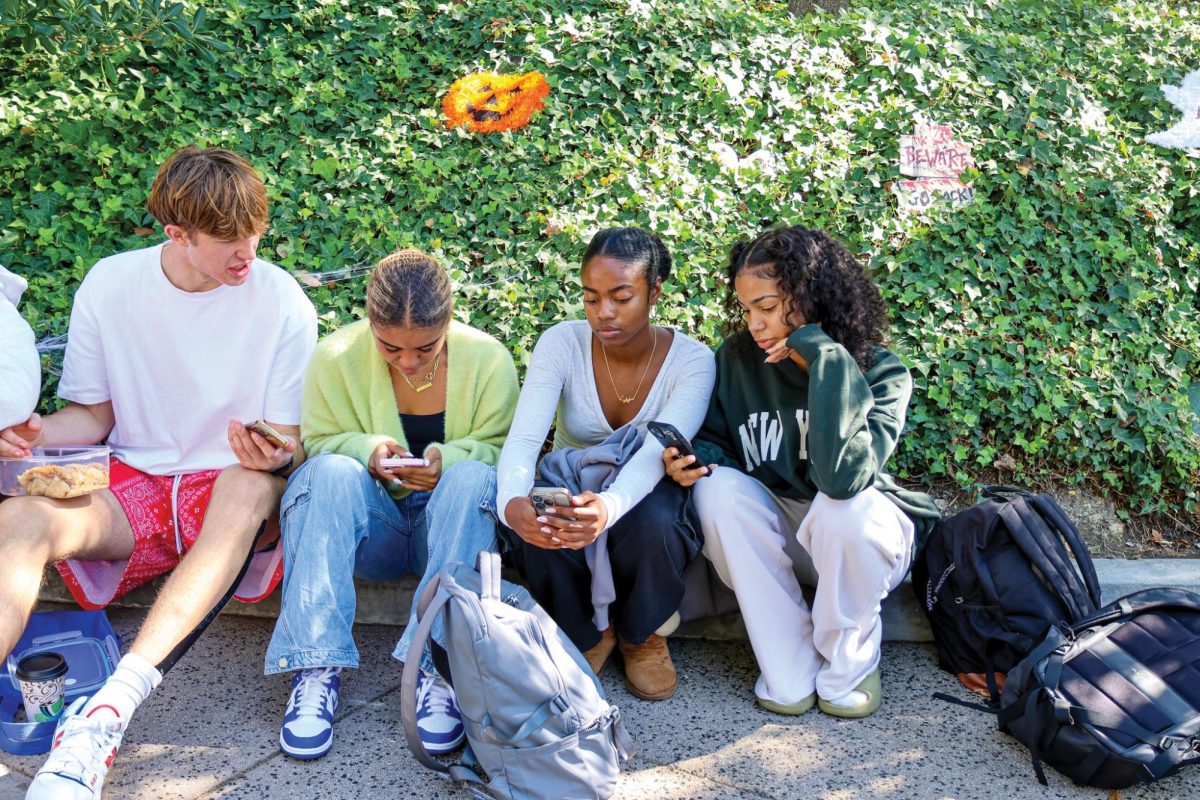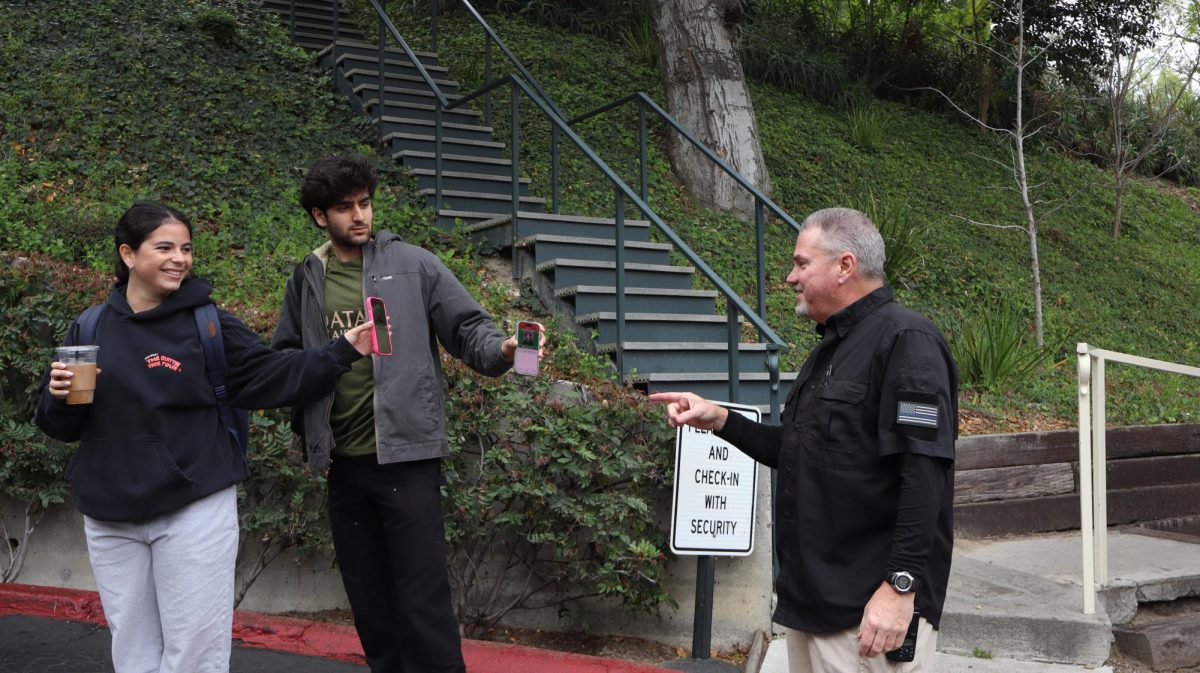Admissions personnel from 46 colleges and universities participated in a college admissions workshop hosted at the Upper School on Thursday evening.
The workshop was designed to educate students and parents on the realities of the college admissions process.
“The goal of the program is that there are no right answers, and that it’s a very subjective process,” Upper School Dean Vanna Cairns said. “Given the exact same information, 46 groups of people with their own biases, their own prejudices, their own leanings, look at this information and they need to admit and wait-list a student. And you will see that every single one of the students was chosen. So the student or the parents realize that when their own child is going through this process, you can’t take it personally. It’s a subjective process, different groups are going to look at the same information and choose different students.”
The event, which students and parents from 14 participating schools in the Los Angeles area attended, involved both mock college admissions panels in various classrooms and a college fair in Taper Gymnasium.
In the mock admissions panels, students and parents evaluated four fictional student profiles for admission into a fictional college.
The college fair included information desks and materials from each of the participating institutions.
“It’s a mock examination of applications, so you understand the group dynamic, you understand some of the aspects of the college process that might not be mentioned previously that are really in depth,” Wilder Short ’18 said.
The colleges represented included schools on both coasts and in the midwest and south with class sizes ranging from under 1000 to over 20,000.
“Before, I thought that almost all of what the college application was looking for was mainly numbers like GPA, grades and stuff like that,” Ori Zur ’18 said. “But I learned that it really depends from school to school how much they look at numbers versus the other stuff, like how much community service work you do, how much extracurriculars you do, and where you come from.”
















